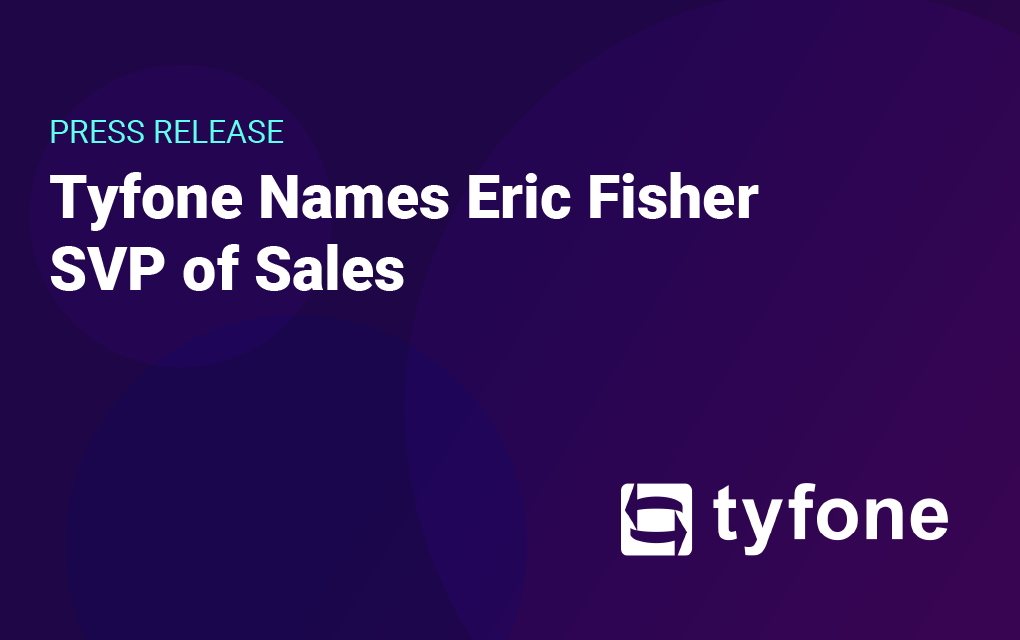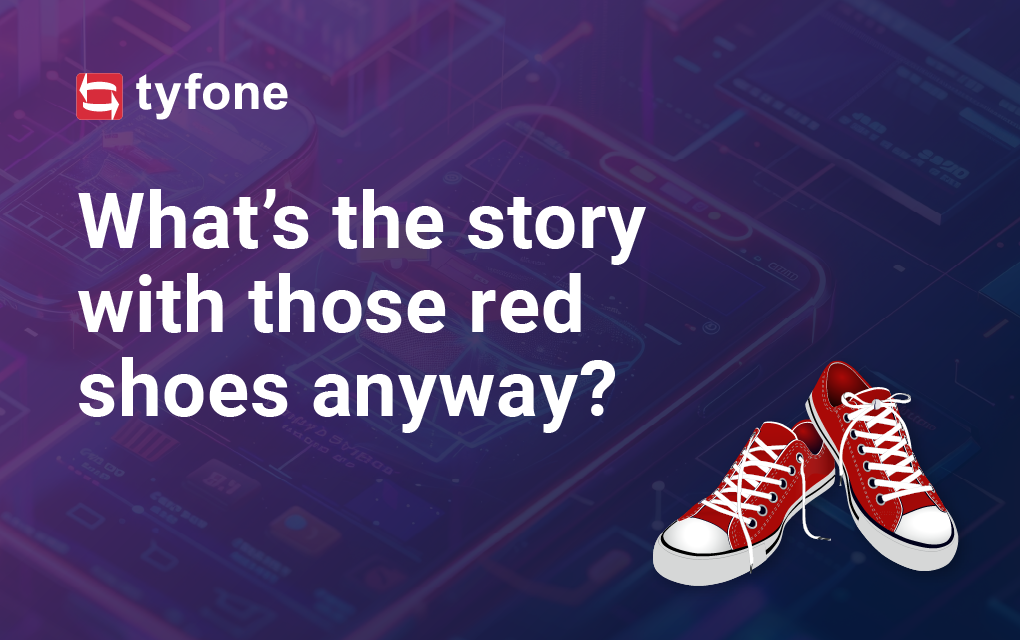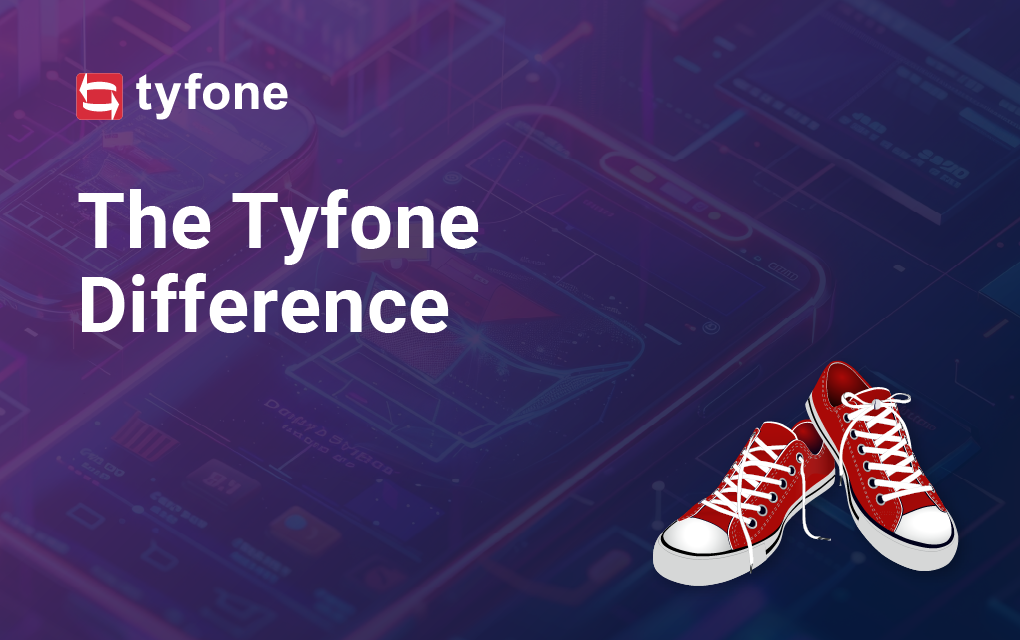Tyfone: A brief history
Tyfone boasts one of the most recognizable brands in the digital banking world – in part due to its signature Red Chucks.
But the Portland, Oregon-based fintech, which began operations as Tyfone in 2004, started out selling different solutions.
In 2004, cofounder and CEO Siva Narendra was doing research and building technologies at tech giant Intel.
Narendra, who worked for the company from 1994 to 2004, said one of the challenges back then was security of the laptops all of the workers always carried with them. Sometimes the laptops would get stolen from cars, and Narendra and others at the company worried about the proprietary data that was contained inside.
He began thinking. You needed a key to start a car, so what if laptops required something similar to make them work?
So he had the idea of using a digital key that encrypted the laptop. Without the key, the laptop would not operate.
“That was the 30,000-foot idea,” Narendra said. “But I had never really started a company before.”
So he partnered with Prabhakar Tadepalli, the husband of one of Narendra’s Intel colleagues. Narendra knew that Tadepalli had previously started a company of his own.
Tadepalli’s first response to Narendra’s pitch was that, although intriguing, the idea might not be commercially viable. He suggested that the two men speak with someone who knew the insurance industry because companies insure assets such as laptops.
Enter Tom Sptizer, Tyfone’s third founder.
The three men put their heads together and ultimately decided that Tyfone needed to come up with a physical security solution aimed at solving payments fraud.
The resulting security asset still lives within Tyfone’s architecture, but the company ultimately moved away from trying to create a physical device and instead moved into building mobile wallets.
But it quickly became clear to the Tyfone pioneers that the company’s target market would be community financial institutions, and those companies had a different problem: mobile banking.
“We talked to Margarete Mucker from Star One Credit Union, for example, and she said ‘why are you doing mobile wallets? We need a mobile banking solution,’” Narendra said.
So the company pivoted to mobile banking where it found a need for a channel-agnostic solution.
“So that’s when we built omni-channel banking and digital banking,” Narendra said. “It was two pivots – mobile wallet to mobile banking and then mobile banking to digital banking.”
And so even though the Tyfone brand is more than 20 years old, its digital banking offering is just seven years old.
The company merged with fellow digital banking provider Cubus Solutions in 2023 and now creates a new generation of its nFinia solution about every two years.








